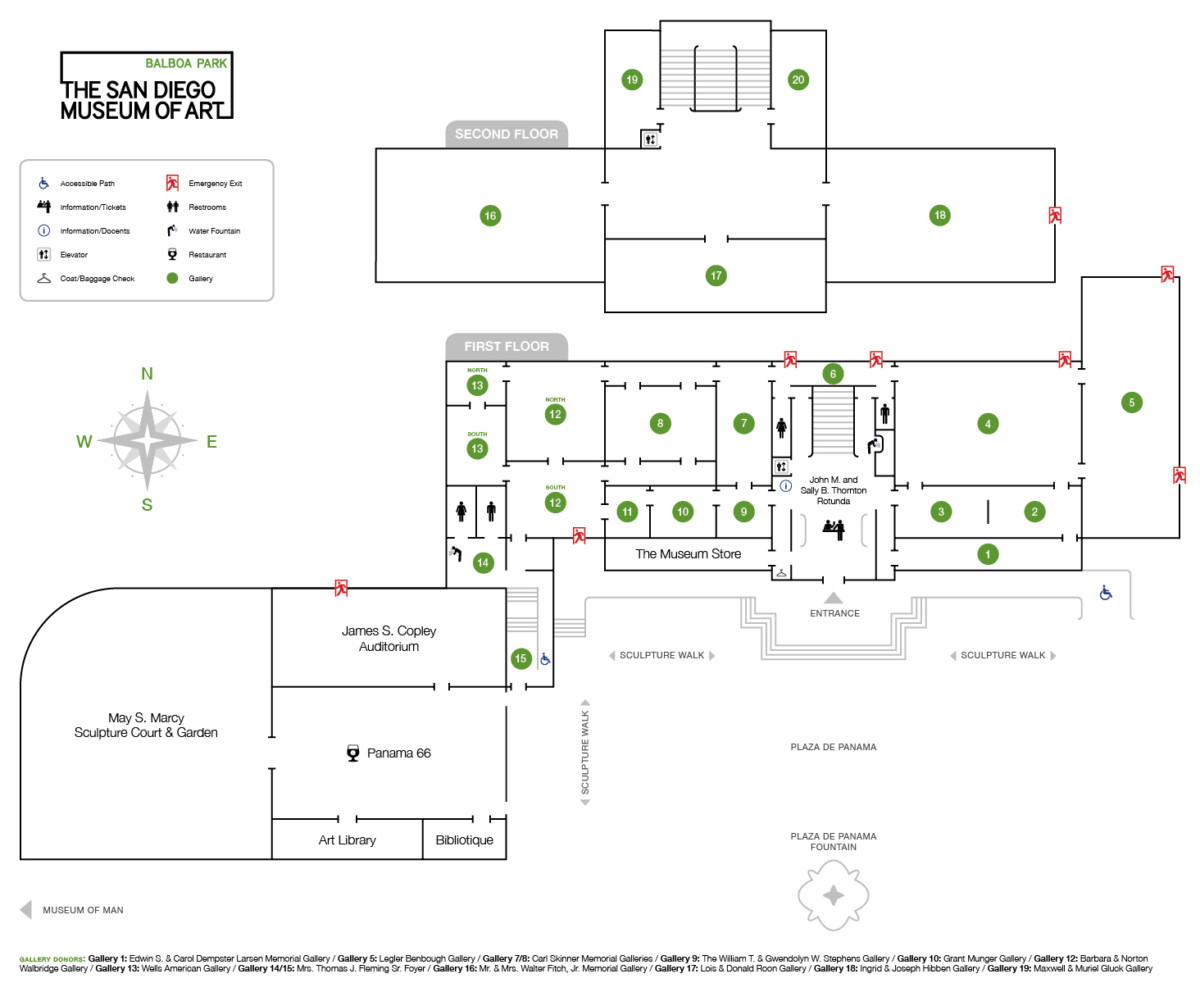This thematic installation of still-life paintings presents highlights from the Museum’s 20th-century galleries, which are currently undergoing renovation. Pictorial arrangements of objects from nature and daily life have not, traditionally, enjoyed the same status as religious or historical subjects. The still-life, however, has remained a pillar of painting since its establishment as an independent genre in the 17th century. One of the first masterpieces of Spanish still-life painting, Juan Sánchez Cotán’s Quince, Cabbage, Melon, and Cucumber (ca. 1602), hangs in the Museumʼs permanent collection, as do exemplars of the Dutch still-life tradition. In contrast to the exquisite naturalism of these seventeenth-century works, informally composed table-top arrangements would become a pretext for the Cubist experiments of Pablo Picasso and Georges Braque in the first quarter of the twentieth century. Among the many foreigners who absorbed the lessons of the Parisian avant-garde may be counted the Americans Morgan Russell and Stuart Davis, as well as the Spaniard Pierre Daura. This internationalism is visible also in the variety of modernist responses to Surrealism, with its symbolic association between still-life and mortality, from the Italian Giorgio de Chirico’s uncanny interior Memory of Turin, to the Mexican Diego Rivera’s Hands of Dr. Moore. The category of still-life is considered here at its most inclusive, from Matisse’s Bouquet and Georgia O’Keeffe’s iconic White Trumpet Flower to more ambiguous, less readily recognizable subjects.


